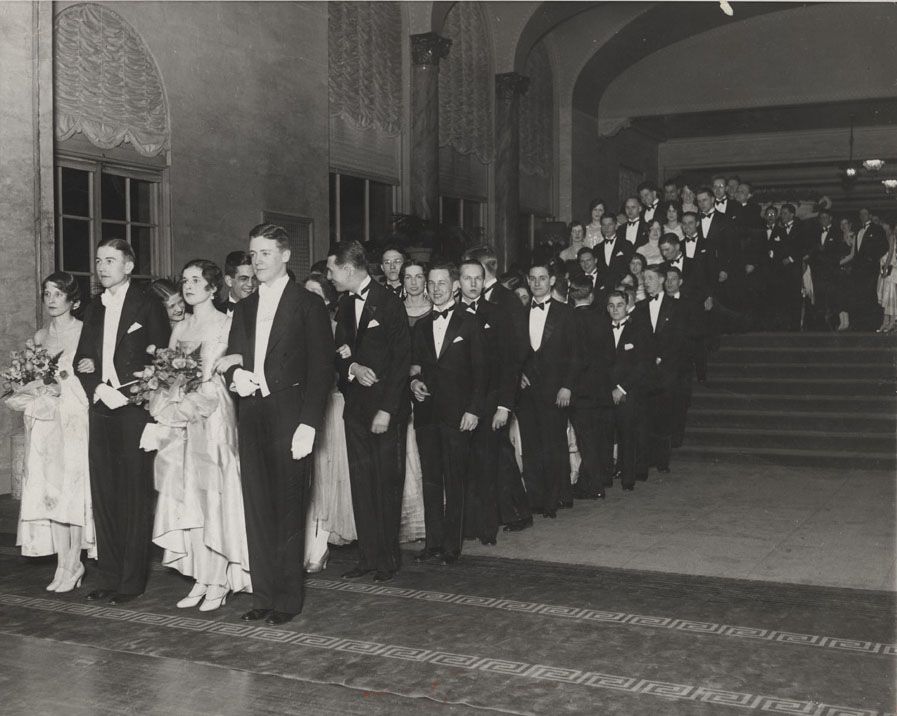The Changes in Prom Culture
Photo Credit: Archival Photographic Files, University of Chicago
Washington Prom 1930: The beginning of the most popular high school dance.
April 16, 2019
Ever since the 1920’s, prom has been a tradition in high schools. Since then, many aspects of prom culture have change and some are just like they were 89 years ago. From the Promposal to the afterparty, the way we have modernized prom has changed it into what it is today.
Prom originally started out in the late 19th century as an event for college students. This was a co-ed event for graduating students who couldn’t afford debutante balls.
Becky Little, a writer for History.com explains, late 1800’s prom turned into an event intended for “introducing women to the adult world of table manners and etiquette and putting them on display for potential husbands.”
In the 1920’s prom was then introduced into U.S. high schools everywhere. Prom was still based on teaching students etiquette and manners and continued to be based off of that for the next 30 years. After World War II, prom started to take off. The dresses, makeup, dinner, dates have been customary for prom.
Now, we have elevated pretty much every part of prom. Around the 1950’s, the price of a prom dress averaged at seven dollars. Now, a dress costs usually over one hundred dollars.
The after party didn’t really exist because of the formality of older proms. From the 1980’s to today prom has become an excuse for reckless and wild behavior.
The average cost of prom today averages around three hundred and twenty-four dollars per household compared to less than forty dollars in the early 1900’s.
Prom went from a formal event to an occasion to potentially find a husband, to the crazy, expensive high school dance we know today. From the dresses to the after party, prom culture has changed and will continue to for years to come.


